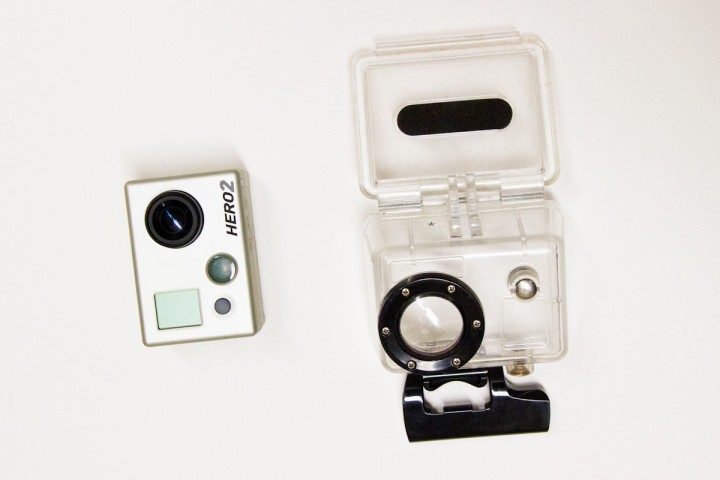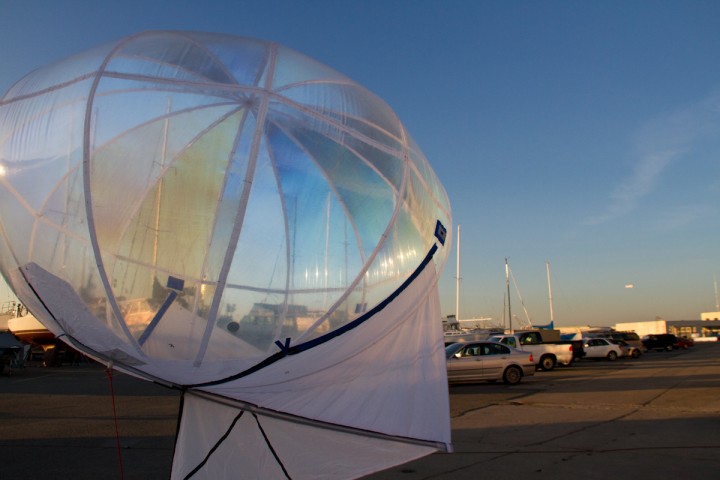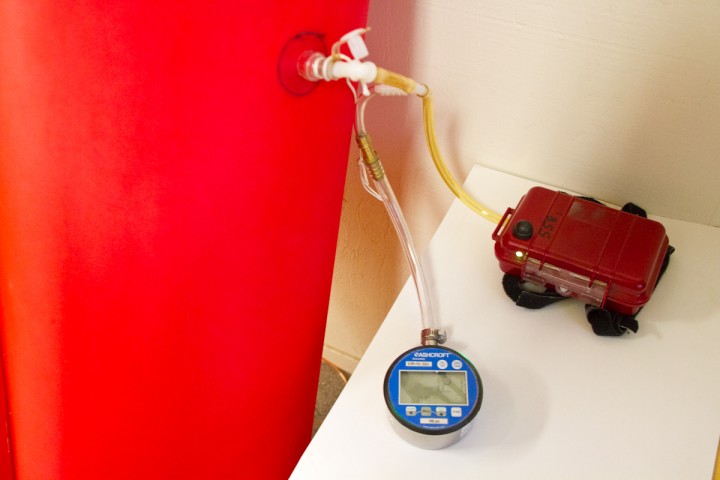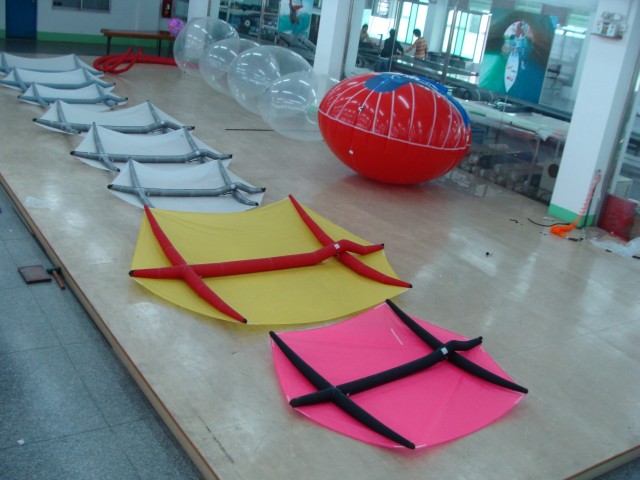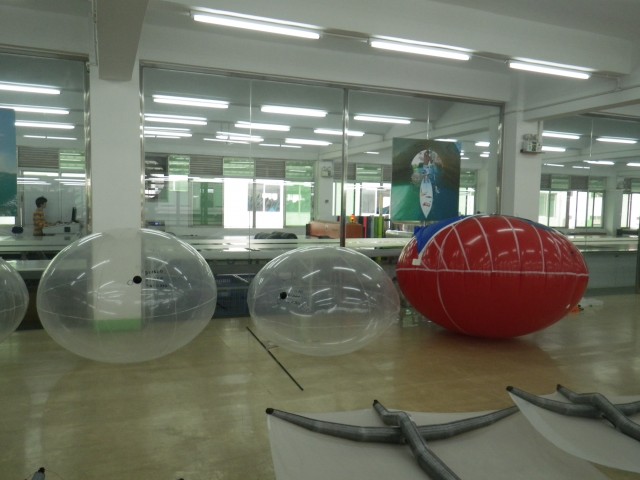News
Testing new rokkaku kites
1/17/12Dudu and Betsy tried out a couple of new rokkaku kites this morning, and he, Don, and Betsy went out this evening to try some more. The photos preceding each label depict that model in flight.
From Dudu:
Our prototypes from versions 26 27,28,29 and 30 are made with the 2 piece light Dacron material with the closing seam on top of the tubes. This caused the curve to be flatter than usual.
We tried to fix this issue on version 30 by adding more curve to the design, but we also changed the curvature flow, getting more curve at the center than the tips. This resulted in the same maximum, but the new flow is not ideal, making […more]
Balloon kite flight
1/13/12Yesterday Dudu inflated both of the new balloon kites in the shop and left them overnight to insure that there were no leaks. Today we inflated one with helium and launched it outside.
Balloon KITE DATA:
Diameter of Burger: 2000m
Height to Diameter ratio: 0.6
Height of Burger: 1200mm
Volume of an ellipsoid: 4/3 * PI * a*b*c
(a,b,c are each radii, so a=b and c=height)
Volume of our Burger: 4/3 * PI * 1*1*0.6 = 2.5 cubic meters
1 cubic meter = 35 cubic feet
Volume of Burger: 88 cubic feet
We used the 110cubic feet tank of helium to fill and there was some left.
Our 3D gas kite improved the […more]
Electronic Kite Inflator
1/6/12The electronic kite inflator, which we sometimes refer to as the kite Inflation Management System (IMS), is now ready for additional field testing. The device is designed to monitor and regulate the pressure of inflated kites. A Zigbee radio link is used to transmit pressure and status to the ground and to receive pressure setpoint commands. The inflator is integrated into the web-based logger interface, which allows us to monitor and control the kite pressure from any smartphone.
The latest version of the inflator uses a smaller and more robust PCB, and has a pressure release valve. Previously, the device could only inflate the kite, and had no way to release air if necessary. With the new release valve, the […more]
Logger Web Interface
1/6/12We have made progress in creating a usable web interface to the kiteboat and Kite Assist logging systems. The basic idea is that the logger acts as a wireless router and web server. Any wifi-enabled device with a browser can connect to view the logger status, monitor the realtime data stream, and to send control commands to the device network.
Pictured are two Android mobile devices, which are connected to the kiteboat logger and showing realtime telemetry. The phone on the left is displaying the boat speed, line load, and kite inflation pressure. The larger tablet has a “kite” screen selected, which shows the current kite inflation pressure, the target inflation (with +/- pressure adjustment controls), and the battery voltage […more]
China trip December 2011 – ROK kites
12/19/11On this trip we made many ROK kites with the latest updates. We took the prototypes to fly at our usual test site and based on the results, designed some more with the new ideas and new software results.
On the materials side, we made 3 ROKs (3 different sizes) using Cubic Tech CT3.5, with Tapeglue along the intersegment panels and dacron reinforced stitch closing seam. The result was good, but after keeping the kites inflated for 3 days, the bottom of the main intersection started to fail, proving that we can’t use tape at that spot. We are fixing that by making the intersection with dacron, after a transition from the CT3.5
The other tests were 2 new sizes:
[…more]
China trip December 2011 – Gas Kite Model
12/19/11The Gas Kite is a lifting device that mixes the use of lighter-than-air gas lift with lift from a kite. Perfect for missions when the wind is too light to use our ROK kites to lift cameras, we take advantage that it will go up with almost no wind, then it will catch the light breeze that will help to stay even higher and stable.
Our main development this time in the factory was to study the 3D inflated shape of the lifting balloon. The original Gas Kite is made by welding 2 flat circles. The resulting inflated shape is not a sphere, but a “flattened sphere”, more like a pancake… or a burger. Because the balloon is made with […more]
